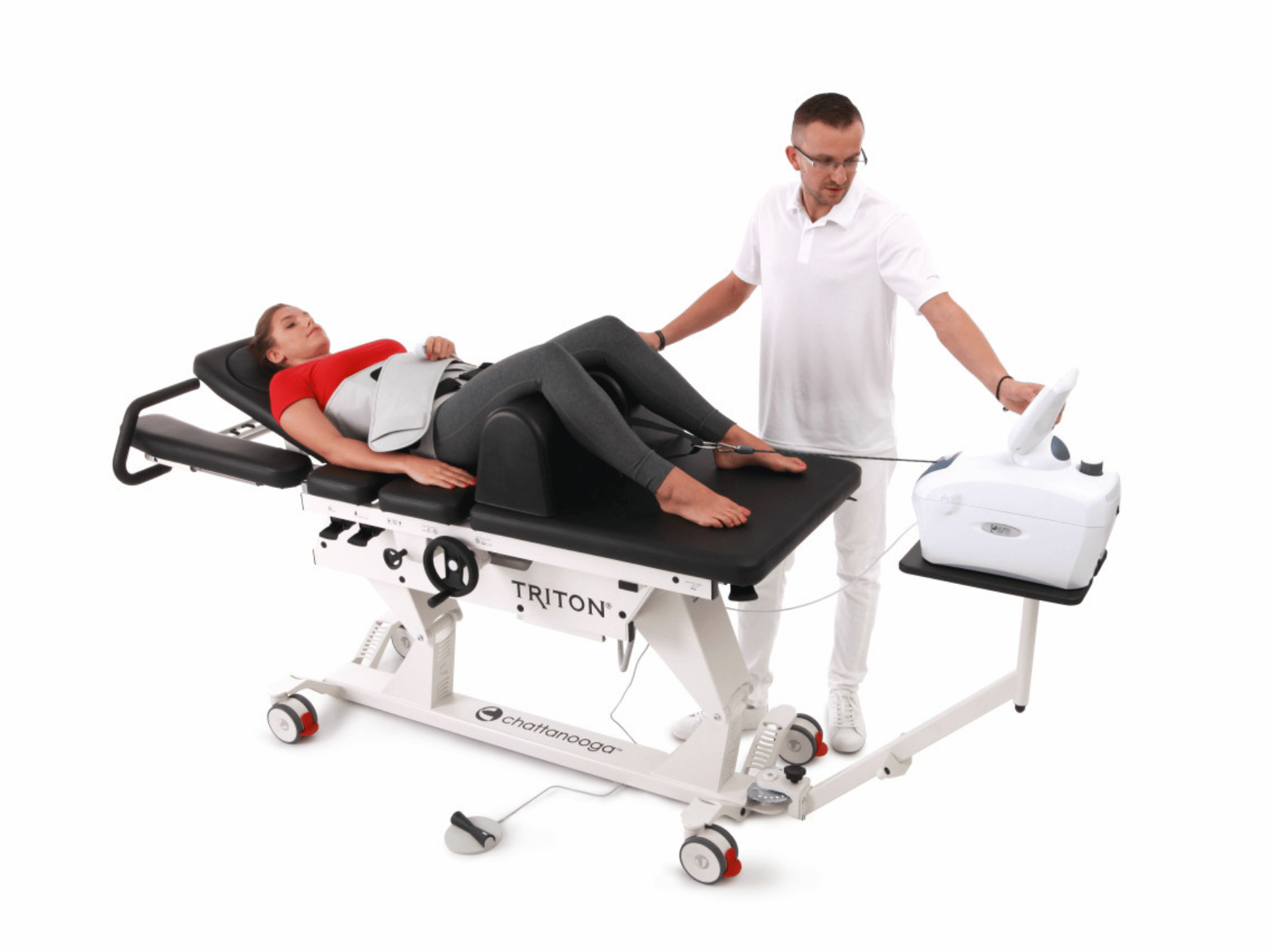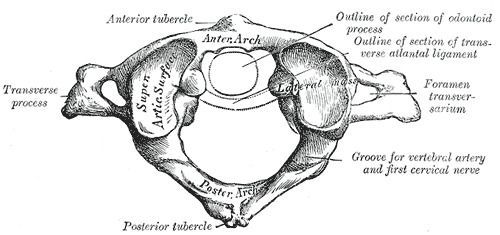Heat-Induced Headaches
Heat headaches and severe headaches like migraines are common in hot weather. While many blame the hot weather itself for these types of headaches, there is typically an underlying cause for your head pain and other symptoms.
Dehydration and heat-related illnesses like heat exhaustion or heat stroke may play a part in your bad headache
.
Understanding both the causes and the warning signs of a heat headache can help you prevent and treat potentially dangerous heat-related conditions behind your pain.
Heat Headache Causes
Hot, sunny weather can boost serotonin levels
and improve our overall mood while increasing our chance of developing headaches at the same time.
Why does the heat give me a headache?
Heat headaches are often symptomatic of other conditions in the body. The heat may give you a headache because it has triggered a reaction to dehydration, a heat-related illness, or a migraine.
It isn’t the heat causing your headache, but your body’s response to the hot weather.
Dehydration
A heat headache may actually be a dehydration headache. Dehydration alone causes headaches in many, but it can also exacerbate other conditions
, including migraines.
Dehydration
occurs when your body lacks the right amount of fluid to supply the brain. This causes your brain tissue to lose moisture and shrink, which in turn causes bad headaches.
Dehydration can also impact blood flow through your blood vessels as water in the body decreases. This can lead to a rapid drop in blood pressure and extreme fatigue.
The good news is, dehydration is preventable in hot weather.
The best thing you can do to reduce your chance of dehydration is to drink lots of fluids, especially if you’re spending time outside on a hot day. Listen to your body and use common sense. If you’re tired, rest. If you’re thirsty, quench your thirst with water or sports drinks.
Heat-Related Illness
If your heat headache is severe, you may be suffering from a heat-related illness like heat exhaustion or heat stroke. Children and older adults are particularly vulnerable to both in extreme weather conditions.
We’ll explore heat exhaustion in detail, but these conditions mean that your body is overheating. Improve thermoregulation, or your body’s ability to cool itself down, by getting to a cool, shaded place if you think you may be showing signs of a heat-related illness.
Migraines
Your heat headache may be the onset of a migraine
. Fluctuations in weather or barometric pressure, high humidity, even too much exposure to bright sunlight are all migraine triggers.
If your heat headache is a migraine
, treat the heat as a trigger. Try to avoid too much time outside on hot days, wear sunglasses, and keep yourself as cool as possible throughout the day.
Heat Headache Symptoms
Heat headache symptoms vary depending on the cause of those headaches. Generally, the most common causes of heat headaches lead to mild-to-moderate dull pain on both sides of the head. Heat headaches typically worsen with continued physical activity in hot weather.
How long do heat headaches last?
Heat headaches last anywhere from half an hour up to several hours. If you treat your headache as soon as it starts, it’s less likely to last for a lengthy period.
Migraine sufferers may report additional symptoms such as a sensitivity to light and sound, intense pain on one side of the head, or nausea and vomiting.
If heat headache symptoms worsen, seek medical attention immediately. You may be suffering from heat exhaustion or heat stroke.
Heat Exhaustion
Heat exhaustion is a sign that your body is overheating. Your heat headache may actually be an early indicator that you may be suffering from heat exhaustion.
Symptoms of heat exhaustion include the following:
- Sudden headache
- Dizziness
- Excessive sweating
- Pale or clammy skin
- Abnormal pulse (either too fast or too weak)
- Nausea or vomiting
- Muscle pain or cramps
- Fatigue or weakness
Without treatment, heat exhaustion can quickly become more severe and lead to heatstroke. Seek medical attention immediately if any of the above symptoms worsen or if symptoms last beyond an hour.
Exposure to excessive heat may also result in heat rash, heat cramps, or muscle cramps and spasms, and bad sunburns.
Treating Heat Headaches
Treating a head headache depends on the cause. If you’re at risk of a heat-related illness or feeling head pain due to dehydration, there are treatment options to prevent more severe symptoms.
What can I do to alleviate a heat headache?
To alleviate a heat headache, get yourself to a shaded area and drink water. Avoid caffeinated beverages, as caffeine can make headaches worse.
If you think you’re experiencing heat exhaustion, try to find an ice pack or cold compresses to reduce your body temperature and soothe hot skin. Loosen or take off any tight clothing. Once you’re in a cooler area, over-the-counter (OTC) pain relievers like acetaminophen may be helpful.
Coping With Excessive Heat
The best way to keep heat headaches at bay is to be more aware of your body and its response to excessive heat.
How can I prevent a heat headache?
To prevent a heat headache, limit physical activity outside on hot days. Drink plenty of water or liquids with electrolytes like sports drinks if you need to spend time outside.
Try to find shaded areas to rest on hot days, and take frequent breaks if you’re physically exerting yourself. Wear polarized sunglasses and keep up your food intake along with your hydration. Reapply sunscreen throughout the day to avoid severe sunburns, blistering, and even sun poisoning.
If you know hot weather is a migraine trigger for you, try to take steps to limit your exposure to the heat. Try to limit other migraine triggers like skipping doses of prescription medication, stress, and changes in diet and sleep patterns.
When to See a Doctor
If you are dealing with frequent, even daily headaches
, it’s best to seek medical help from your doctor to rule out any underlying conditions. You may have undiagnosed migraines or other types of headaches, including thunderclap
or allergy headaches
.
Your healthcare provider will be able to rule out any serious health conditions and give you treatment and prevention tips to reduce recurrences of those headaches.
If you’ve been out in the hot weather for an extended period and your symptoms worsen beyond heat exhaustion symptoms, seek medical attention immediately. You may be experiencing heatstroke, a medical emergency.
The Centers for Disease Control and Prevention (CDC) urges you and your loved ones to get to an emergency room immediately if you experience these heatstroke symptoms:
- Sudden onset of severe headache
- Nausea or vomiting
- High body temperature or fever over 103 degrees
- Dizziness, confusion, or slurred speech
- Irregular heartbeat or a fast, strong pulse
- Red, flushed skin
- Hot, dry, or damp skin
- Loss of consciousness
Heat headaches can be uncomfortable and painful, but they don’t have to be serious if you have the tools to prevent them and treat the first signs of heat-related illnesses. If you think your headaches may be caused by something else, help is out there.
Chiropractic care can be beneficial for many types of headaches. These include migraines and head pain resulting from
concussions
or other head and neck trauma. This kind of treatment focuses on misalignment in the spine as the source of your pain.
If you need help getting to the root cause of your headaches, contact us at Denver Upper Cervical Chiropractic. We believe in helping you feel better long-term rather than simply treating your symptoms. Contact us
to set up an appointment.
You don’t need to live with headaches.
- Roecklein, K. A., & Rohan, K. J. (2005). Seasonal affective disorder: an overview and update. Psychiatry (Edgmont (Pa. : Township)), 2(1), 20–26. Full text: https://www.ncbi.nlm.nih.gov/pmc/articles/PMC3004726/
- Arca, K. N., & Halker Singh, R. B. (2021). Dehydration and Headache. Current pain and headache reports, 25(8), 56. Abstract: https://pubmed.ncbi.nlm.nih.gov/34268642/
- Shaheen, N. A., Alqahtani, A. A., Assiri, H., Alkhodair, R., & Hussein, M. A. (2018). Public knowledge of dehydration and fluid intake practices: variation by participants’ characteristics. BMC public health, 18(1), 1346. Abstract: https://pubmed.ncbi.nlm.nih.gov/30518346/
- Hoffmann, J., Schirra, T., Lo, H., Neeb, L., Reuter, U., & Martus, P. (2015). The influence of weather on migraine – are migraine attacks predictable?. Annals of clinical and translational neurology, 2(1), 22–28. Full text: https://www.ncbi.nlm.nih.gov/pmc/articles/PMC4301671/
The post Heat-Induced Headaches appeared first on Denver Upper Cervical Chiropractic.
Visit us at Denver Upper Cervical Chiropractic
We serve patients in Denver, CO.
HOURS
Monday 1:00 pm – 6:00 pm
Tuesday 9:00 am – 6:00 pm
Wednesday 1:00 pm – 6:00 pm
Thursday 9:00 am – 6:00 pm
Friday Reserved for Traveling Patients
1778 S Broadway, Denver, CO 80210, United States of America
Phone:
(303)-955-8270



